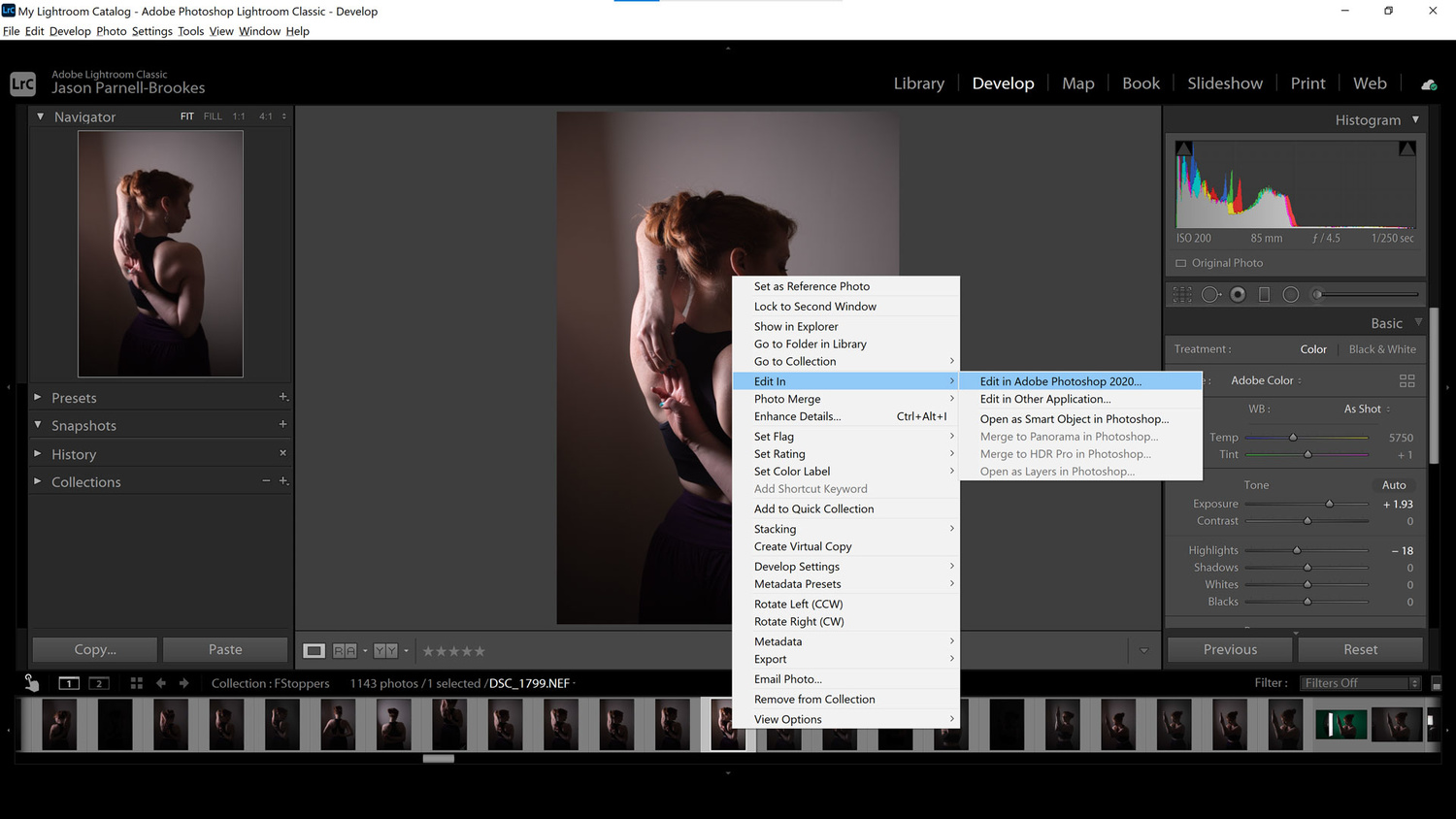
All right, now the first way to make a grayscale image, is to merely go up to the image menu, choose mode, and choose grayscale. And, then I'm going to go up to the window menu, choose a range and choose match all, in order to make all the images match on screen. And I'm going to zoom in on this guy right here, pretty tight. And I'll go up to the window menu, choose a range, and then choose 3-up vertical, so that we can see these three different variations on the image. All right, now I'll go back to the original image right there. And I'll call this one, let's say, red channel. And now I'll create another duplicate by going to the image menu and choosing the duplicate command. And I'll call this first duplicate luminance only, let's say. I'm going to start things off here by going up to the image menu and choosing the duplicate command. All right, so let's see those three ways to convert this image to grayscale. Which is about 16.8 million possible colors in all. Which is why your standard every day average RGB image contains 256, times 256, times 256 colors, or at least as many as. The blue channel, the green channel and the red channel, each one of them, in a standard RGB image, contains 256 different luminance levels from black to white. And I'll go ahead and switch back to the RGB composite. All right, I'm going to go ahead and zoom out here, so that we can see the entire family. Which is why the blue channel typically plays the smallest part when you're mixing black and white images inside Photoshop. Notice how we have this very brittle data down here in a shadow detail and we have this posterization right here along the side of her forehead. So, notice I'll go ahead and zoom in on the girl's face even more closely. And things in this image in particular, darken up significantly in the blue channel to the point that we have what's known as posterization, which is to say very abrupt transitions in luminance levels. And then darker still, in the blue channel. You're going to see the people darken up from the red channel, where folks are always the brightest, to the green channel. So, at any time you're looking at red-blooded human beings, doesn't matter race, gender, any of that stuff. And the reason it's appearing darker is because we're looking at a portrait shot. This is a green channel, which is going to appear darker. I'm going to zoom in here though, so we can things a little more up close and personal.


So, here we've got the red channel, which is quite bright as you can see.

And each one of these channels is a single grayscale image. And then, notice that this is an RGB image, meaning that it's mixed from red, green and blue data. So, the first step is to switch over to the channels panel, which you can get, either by going up to the window menu and choosing the channels command, or by clicking the tab right next to layers. And there's three ways to make them, as we're about to see. And a grayscale image is one that contains just a single channel of data. Before we take a look at how you can mix your own custom black and white images, let's take a look at black and white at its most basic, which is grayscale.


 0 kommentar(er)
0 kommentar(er)
